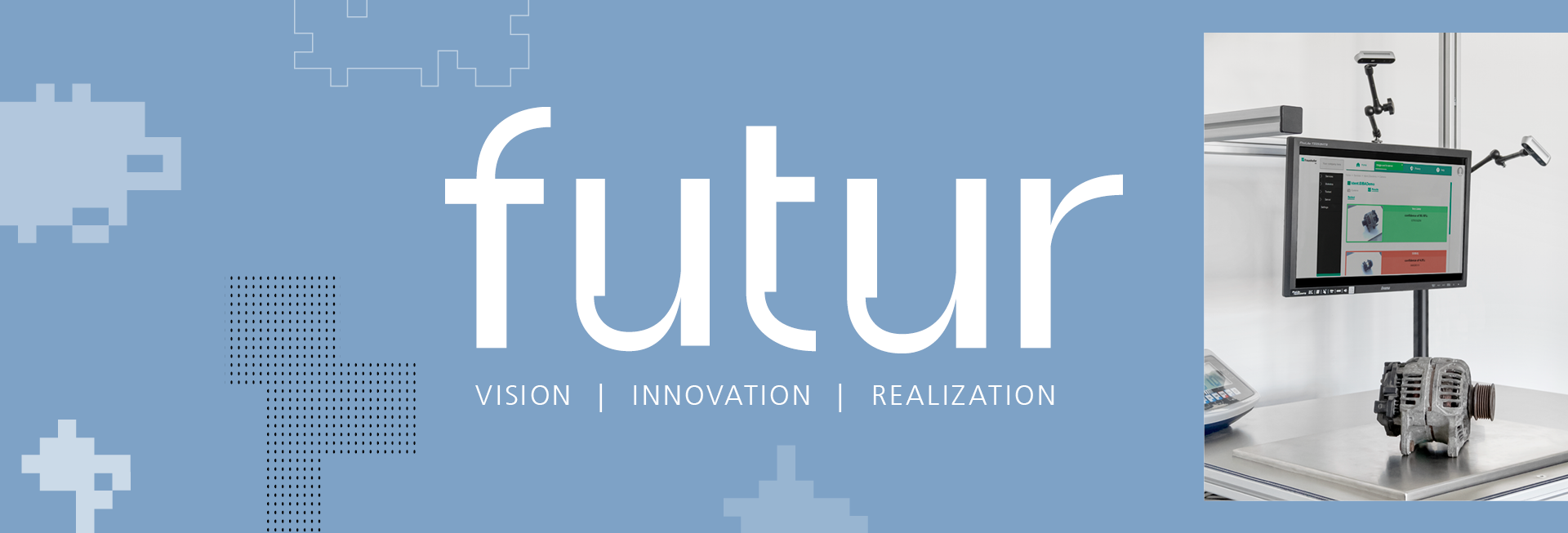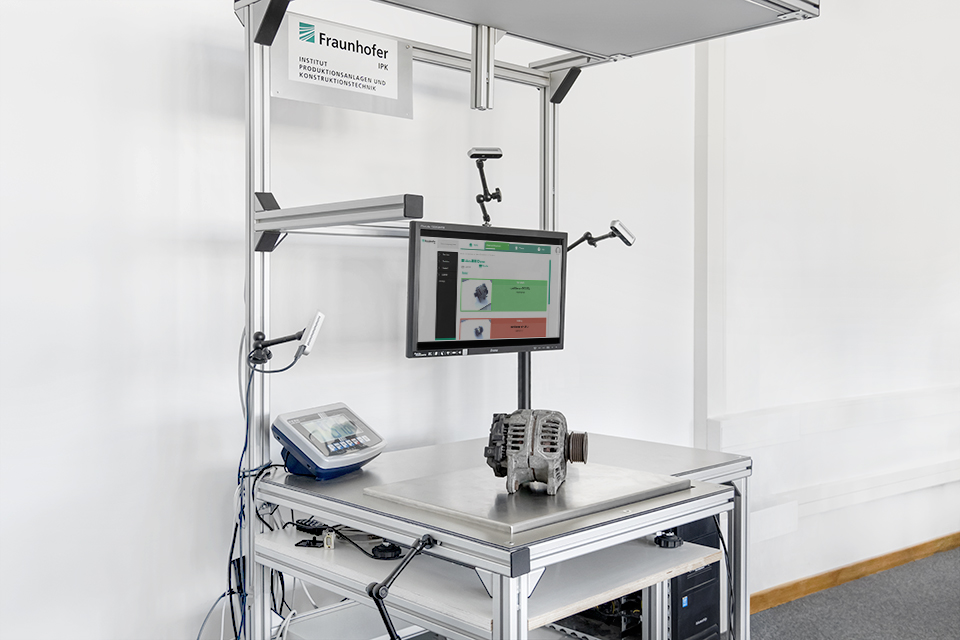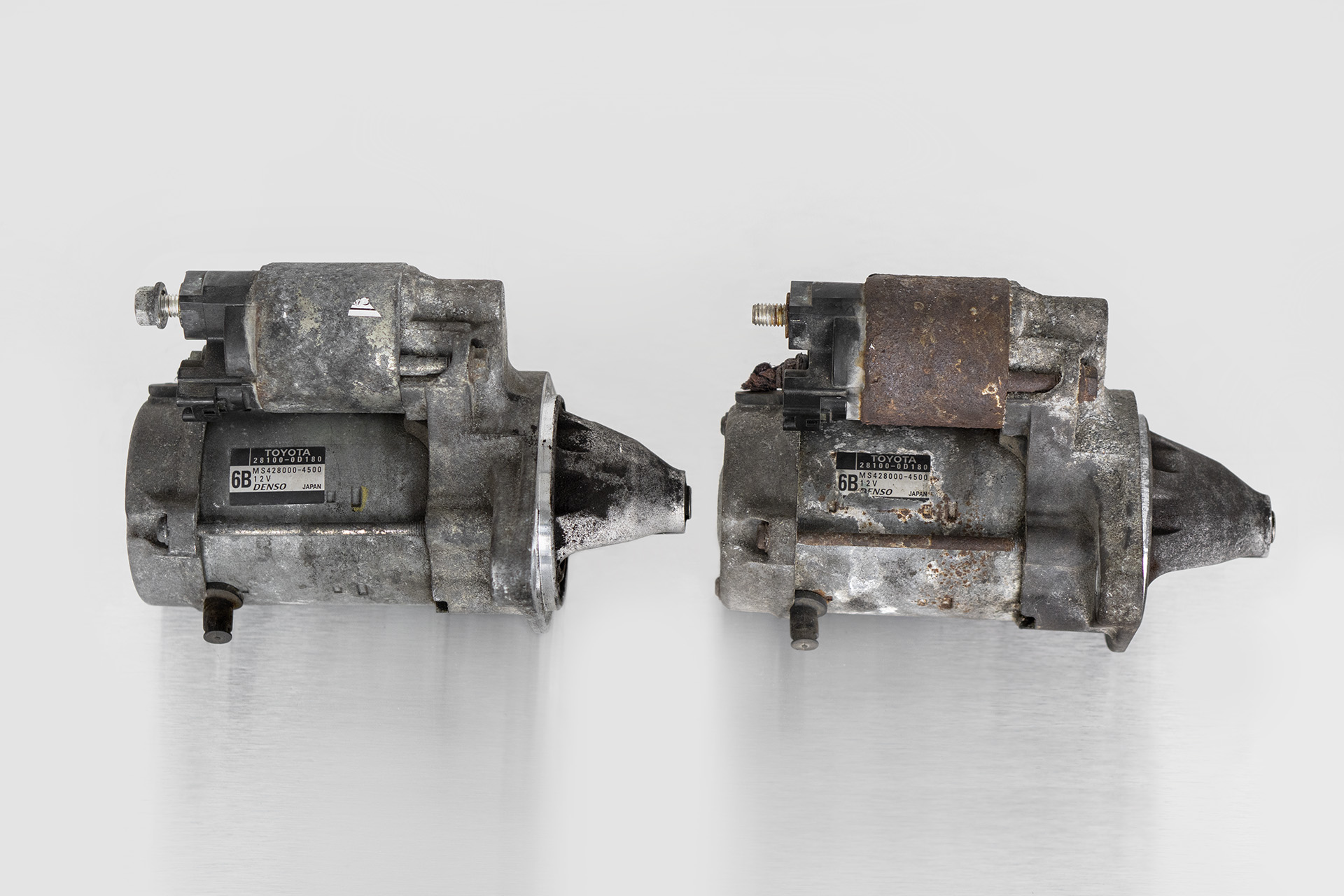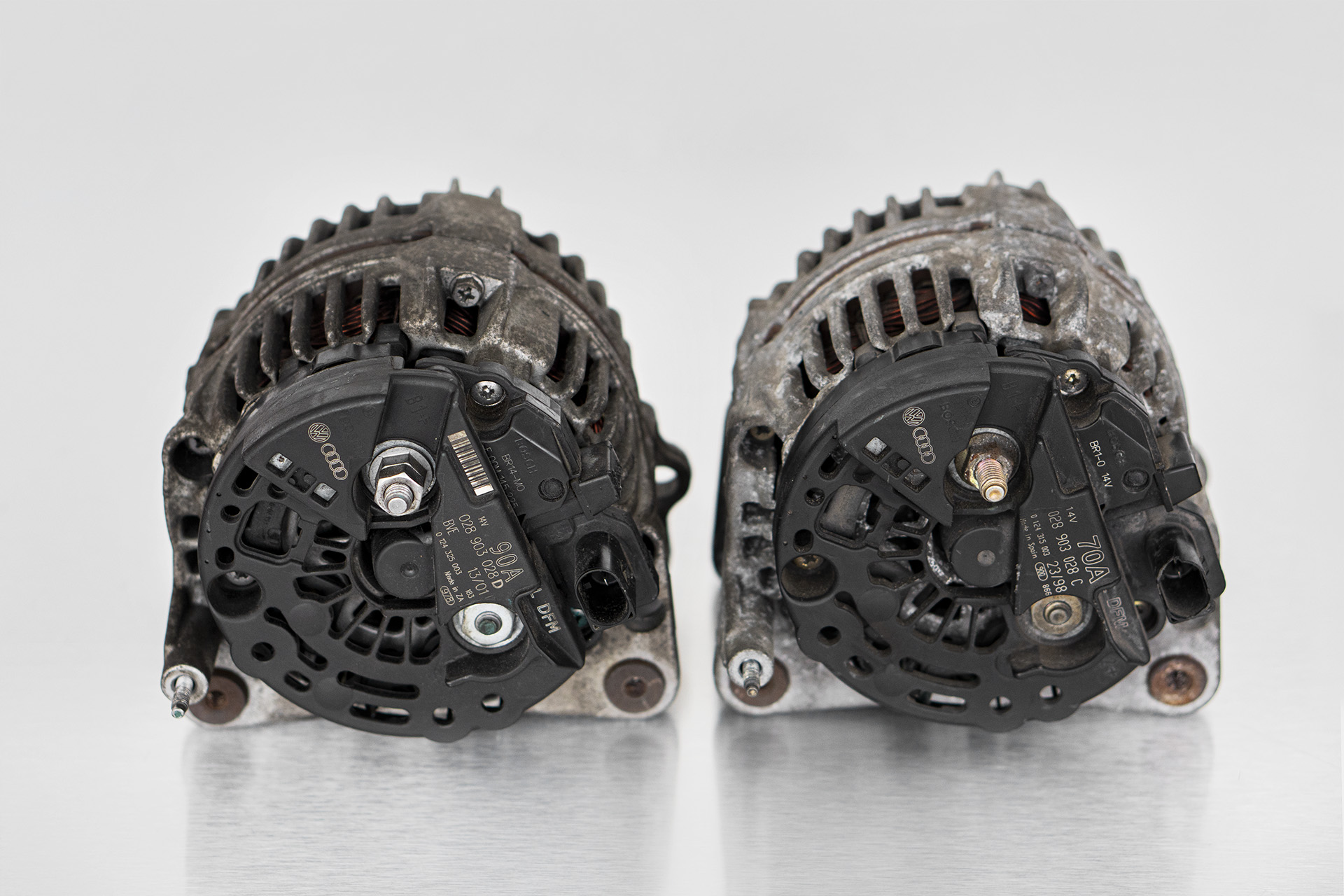All Eyes on Recycling Management
One thing is certain: Economy and ecology will need to become the best of friends in the coming years. In light of the Paris Climate Agreement, it is obvious that, particularly in a country with a strong economy such as Germany, strategies for emissions reduction, climate neutrality and sustainability in the manufacturing sector need to be expanded further – and quickly. In many respects, the course for this has already been set. For example, concepts for recycling products and components help to conserve resources while also reducing the amount of waste.
One way of doing this is remanufacturing, a process for restoring used equipment to make it as good as new. Combined with subsequent reuse, this can extend the service life of products. For this reason, the Circular Economy Act also assigns a high priority to remanufacturing, as it holds both ecological and economic potential. For example, a life cycle assessment of end-of-life automotive parts calculated that the refurbishment of an exhaust gas turbocharger can reduce emissions of CO2 equivalents by 37 percent as compared to producing new ones. The process of collecting and sorting end-of-life parts involves identifying and assessing the condition of each individual part.
But how do you identify a component that is past its prime? Because of the large variety and sometimes soiled and deformed products, this sorting process is often difficult and needs to be handled individually as well as manually. Furthermore, the only reliable visual identification feature is the part number, which is often no longer legible. It is therefore not surprising that many end-of-life parts are mistakenly discarded – simply because it is not possible to identify them. As a result, only their raw materials are recycled, instead of directing them to be maintained. A large portion of the original value of the product is thus lost.
But challenges are always accompanied by opportunity and this case is no exception: In the EIBA project, a team of researchers is developing an AI-assisted system for the semi-automated sorting of used parts. Based on the two-man rule, it aims to assist employees in production with sorting in the future, thereby allowing more end-of-life parts to be sent for remanufacturing. As part of a holistic concept, it aims to help make the sorting process more robust, better defined, and more profitable. For this purpose, all available data from the sorting process will be used and analyzed with regard to their added value in order to develop a decision support system that will facilitate the work of employees.
Divide and conquer
In the project, researchers at Fraunhofer IPK are investigating a range of parts comprising around 120,000 different variants in widely varying conditions. To simplify the complexity involved, the familiar »divide and conquer« approach from computer science is being applied. Process knowledge concerning the composition of the range of parts is used in order to divide a problem into less complex sub-problems. Hence, at the beginning of a selection process, image-based processing of the end-of-life part takes place. During this procedure, the packaging of the end-of-life part is first scanned to obtain information about the product group. This approach reduces the identification of the part from 1:120,000 in the application scenario to 1:5000.
Following the image-based processing, the results obtained are combined with the analysis of part-specific business data in order to perform reliable and valid identification. To increase the robustness of the identification process, text recognition (OCR – Optical Character Recognition) is being developed in addition to feature-based identification. This technology attempts to recognize labels on the images captured and evaluate them. Although the information extracted may be incomplete due to wear and tear, it is suitable for verifying the results of the image-based evaluation.
The identification of an end-of-life part is performed primarily using what are called Convolutional Neural Networks (CNN). These are machine learning algorithms which specialize in the extraction of features from image data. The approach described not only simplifies identification, but also enables the use of more compact network architectures, thereby significantly reducing computation times when training and applying the algorithms. Over the course of this process, the knowledge gained is also used to continuously refine the algorithms and hence augment their performance.
AI means teamwork
In Germany, around five to seven percent of one million end-of-life parts, i.e. up to 70,000, are discarded each year because they cannot be identified. An initial study in the project yielded a recognition accuracy of around 96 percent using image-based identification alone. In terms of the 70,000 discarded old parts, AI-based identification is expected to enable 67,200 more end-of-life parts to be correctly returned to the materi-als cycle than before.
This combination of human know-how and AI-based evaluation of images, components, and business data has resulted in a new, innovative and holistic approach to remanufacturing. The two-man rule consisting of humans and AI decision support systems helps to make objectively reproducible decisions, thus creating more transparent and economical work processes.
 Fraunhofer Institute for Production Systems and Design Technology
Fraunhofer Institute for Production Systems and Design Technology


